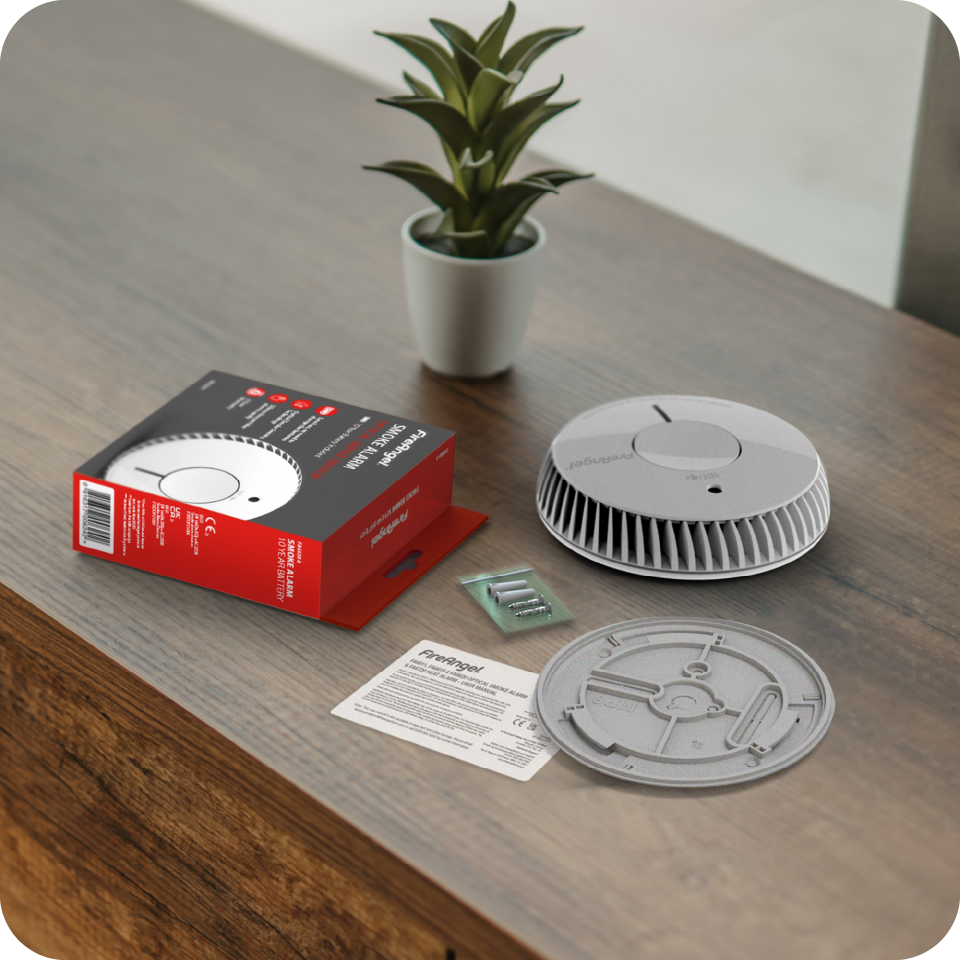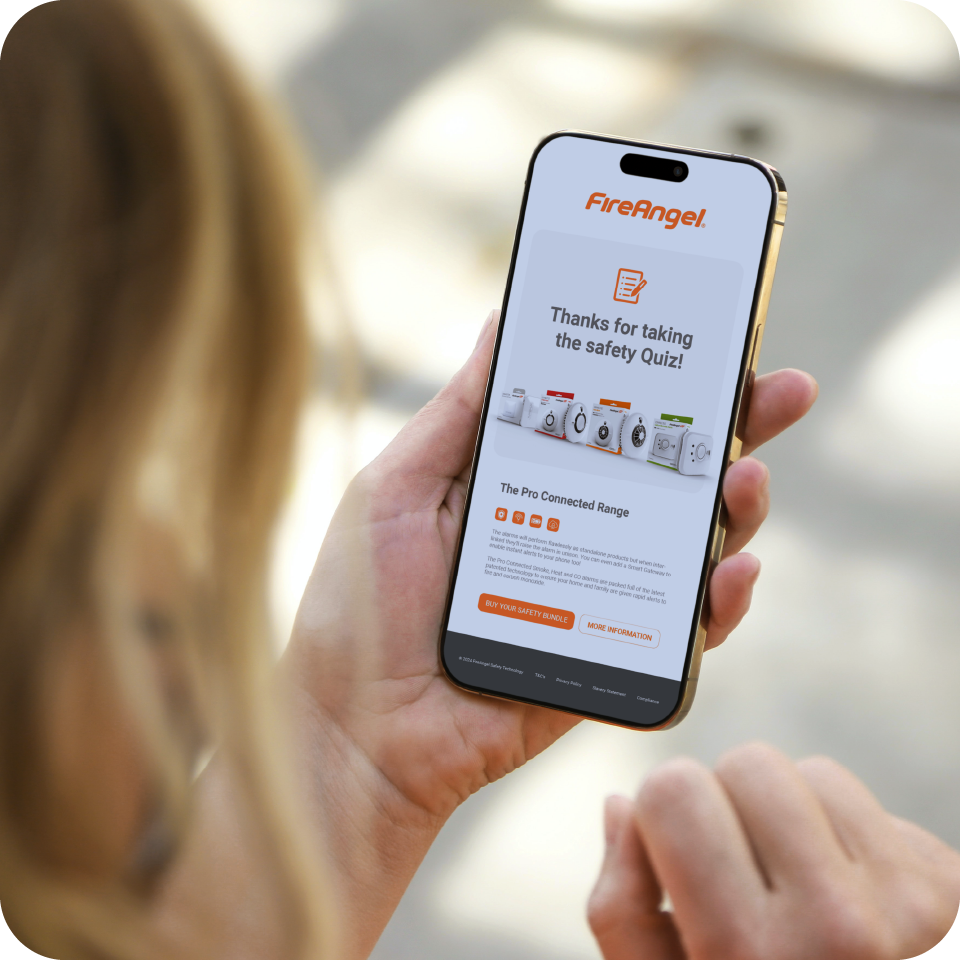Are you a
Homeowner?Are you a
Homeowner?We protect, save and improve our customers’ lives by making innovative, cutting edge technology simple and accessible.

We have smoke, heat and carbon monoxide alarms to suit every home across the UK & Northern Ireland.
Find your solution
Try out our interactive quiz to find out which products are best for you.
Help to buy quiz
Our UK-based Customer Support team are on hand Monday-Friday, 8:30am ‑ 5:30pm, to answer any further queries you may have on our products, solutions or services. Alternatively, check out Support or ask our Chatbot for further guidance and advice.
About FireAngel
We protect, save and improve our customers’ lives by making innovative, cutting edge technology simple and accessible. Find out more about how we can help you to be fire and carbon monoxide safe.

You are currently viewing a placeholder content from Trustpilot. To access the actual content, click the button below. Please note that doing so will share data with third-party providers.
More Information